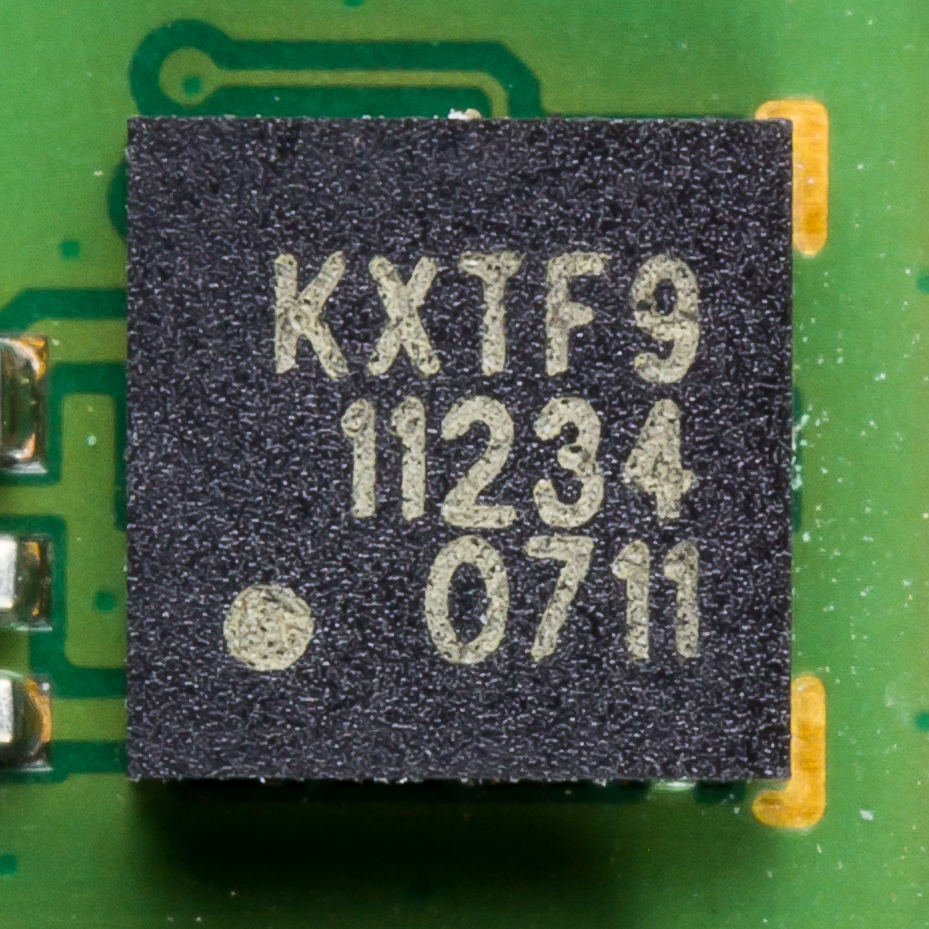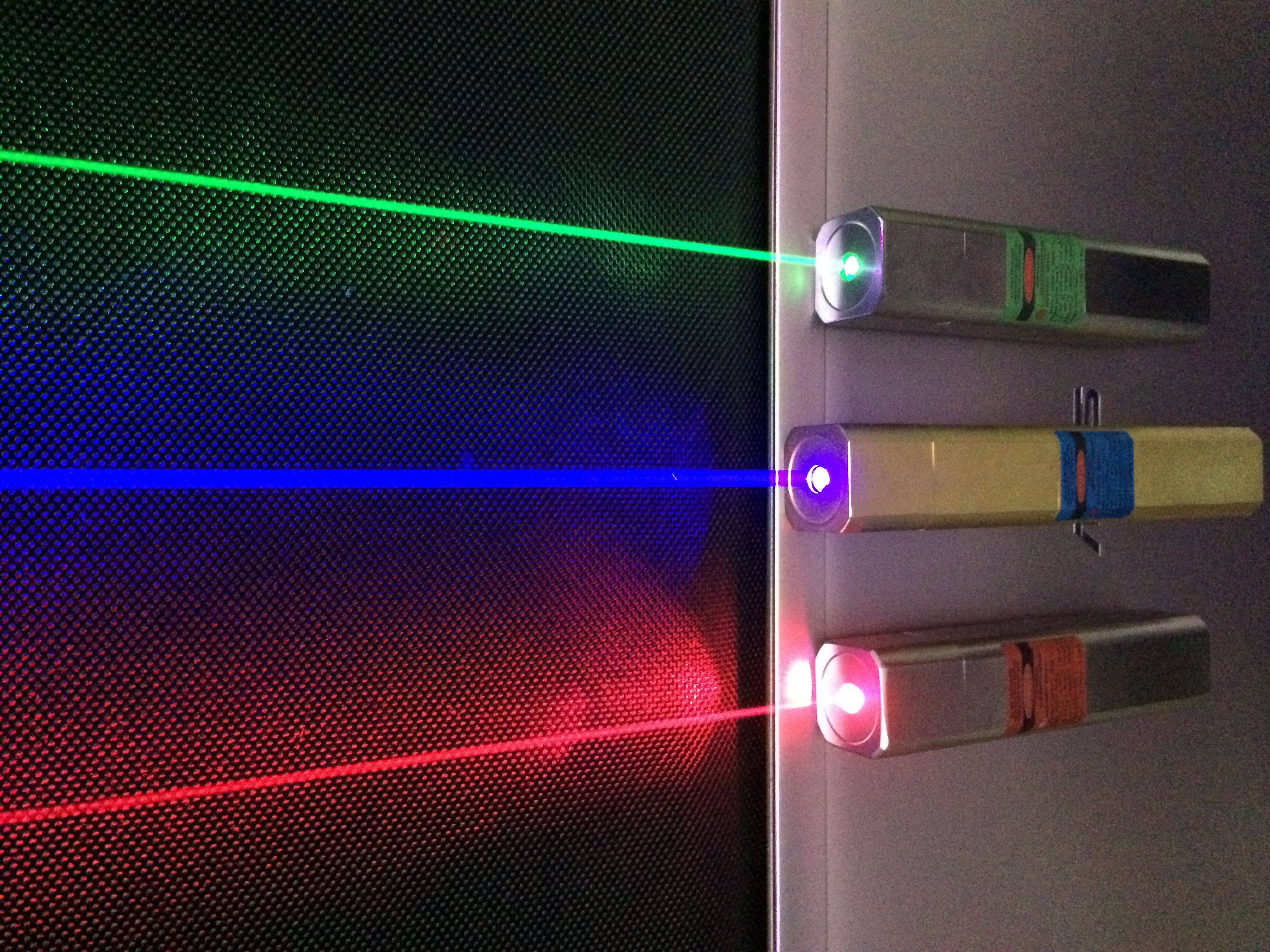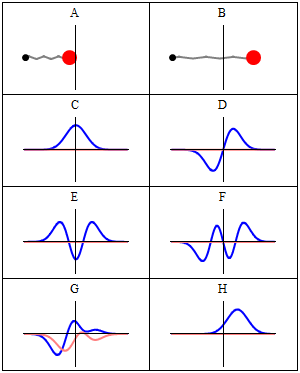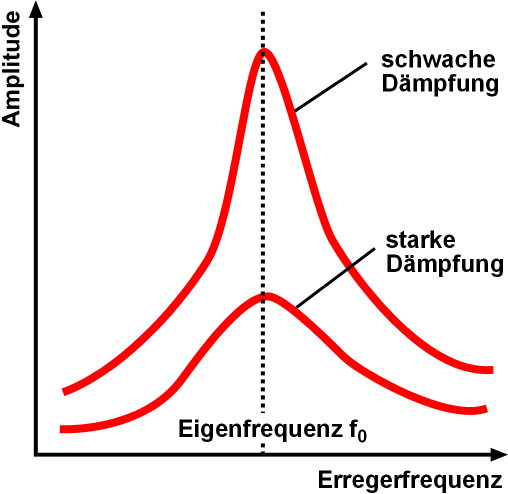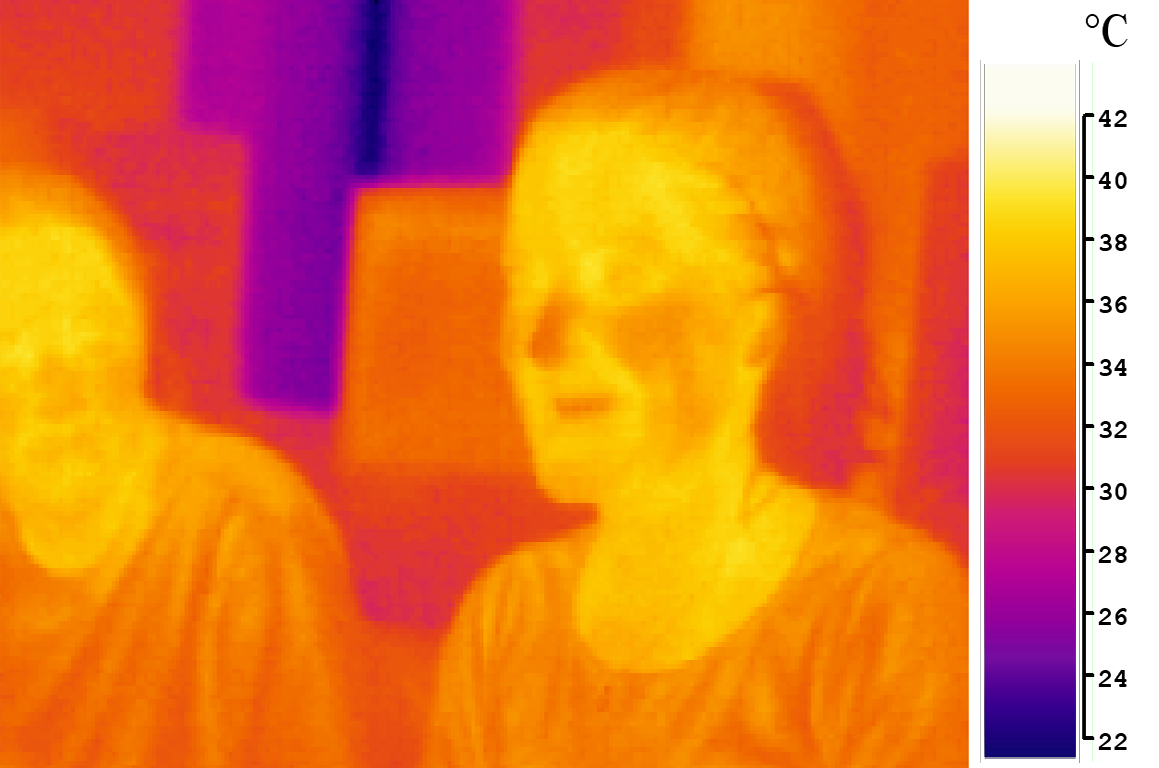|
Laser Accelerometer
A laser accelerometer is an accelerometer that uses a laser to measure changes in velocity/direction. Mechanism It employs a frame with three orthogonal input axes and multiple proof masses. Each proof mass has a predetermined blanking surface. A flexible beam supports each proof mass. The flexible beam permits movement of the proof mass on its axis. A laser light source provides a light ray. The laser source has a transverse field characteristic with a central null intensity region. A mirror transmits a beam of light to a detector. The detector is positioned to be centered on the light ray and responds to the light's intensity to provide an intensity signal. The signal's magnitude is related to the intensity of the light ray. The proof mass blanking surface is centrally positioned within and normal to the light ray null intensity region to provide increased blanking of the light ray in response to transverse movement of the mass on the input axis. In response to acceleration i ... [...More Info...] [...Related Items...] OR: [Wikipedia] [Google] [Baidu] |
Accelerometer
An accelerometer is a tool that measures proper acceleration. Proper acceleration is the acceleration (the rate of change of velocity) of a body in its own instantaneous rest frame; this is different from coordinate acceleration, which is acceleration in a fixed coordinate system. For example, an accelerometer at rest on the surface of the Earth will measure an acceleration due to Earth's gravity, straight upwards (by definition) of g ≈ 9.81 m/s2. By contrast, accelerometers in free fall (falling toward the center of the Earth at a rate of about 9.81 m/s2) will measure zero. Accelerometers have many uses in industry and science. Highly sensitive accelerometers are used in inertial navigation systems for aircraft and missiles. Vibration in rotating machines is monitored by accelerometers. They are used in tablet computers and digital cameras so that images on screens are always displayed upright. In unmanned aerial vehicles, accelerometers help to stabilise fligh ... [...More Info...] [...Related Items...] OR: [Wikipedia] [Google] [Baidu] |
Gravity
In physics, gravity () is a fundamental interaction which causes mutual attraction between all things with mass or energy. Gravity is, by far, the weakest of the four fundamental interactions, approximately 1038 times weaker than the strong interaction, 1036 times weaker than the electromagnetic force and 1029 times weaker than the weak interaction. As a result, it has no significant influence at the level of subatomic particles. However, gravity is the most significant interaction between objects at the macroscopic scale, and it determines the motion of planets, stars, galaxies, and even light. On Earth, gravity gives weight to physical objects, and the Moon's gravity is responsible for sublunar tides in the oceans (the corresponding antipodal tide is caused by the inertia of the Earth and Moon orbiting one another). Gravity also has many important biological functions, helping to guide the growth of plants through the process of gravitropism and influencing th ... [...More Info...] [...Related Items...] OR: [Wikipedia] [Google] [Baidu] |
Laser Applications
Many scientific, military, medical and commercial laser applications have been developed since the invention of the laser in 1958. The coherency, high monochromaticity, and ability to reach extremely high powers are all properties which allow for these specialized applications. Scientific In science, lasers are used in many ways, including: * A wide variety of interferometric techniques'' * Raman spectroscopy * Laser induced breakdown spectroscopy * Atmospheric '' remote sensing'' * Investigating nonlinear optics phenomena * Holographic techniques employing lasers also contribute to a number of measurement techniques. * Laser based lidar (LIght raDAR) technology has application in geology, seismology, remote sensing and atmospheric physics. * Lasers have been used aboard spacecraft such as in the Cassini-Huygens mission. * In astronomy, lasers have been used to create artificial '' laser guide stars'', used as reference objects for adaptive optics telescopes. Lasers ... [...More Info...] [...Related Items...] OR: [Wikipedia] [Google] [Baidu] |
List Of Laser Articles
This is a list of laser topics. A * 3D printing, additive manufacturing * Abnormal reflection * Above-threshold ionization * Absorption spectroscopy * Accelerator physics * Acoustic microscopy * Acousto-optic deflector * Acousto-optic modulator * Acousto-optical spectrometer * Acousto-optics * Active laser medium * Active optics * Advanced Precision Kill Weapon System * Advanced Tactical Laser * Afocal system * Airborne laser * Airborne wind turbine * Airy beam * ALKA * All gas-phase iodine laser * Ambient ionization * Amplified spontaneous emission * Analytical chemistry * Aneutronic fusion * Antiproton Decelerator * Apache Arrowhead * Apache Point Observatory Lunar Laser-ranging Operation * Arago spot * Argon fluoride laser * Argus laser * Asterix IV laser * Astrophysical maser * Atmospheric-pressure laser ionization * Atom interferometer * Atom laser * Atom probe * Atomic clock * Atomic coherence * Atomic fountain * Atomic line filter * Atomic ratio ... [...More Info...] [...Related Items...] OR: [Wikipedia] [Google] [Baidu] |
Wave Function
A wave function in quantum physics is a mathematical description of the quantum state of an isolated quantum system. The wave function is a complex-valued probability amplitude, and the probabilities for the possible results of measurements made on the system can be derived from it. The most common symbols for a wave function are the Greek letters and (lower-case and capital psi, respectively). The wave function is a function of the degrees of freedom corresponding to some maximal set of commuting observables. Once such a representation is chosen, the wave function can be derived from the quantum state. For a given system, the choice of which commuting degrees of freedom to use is not unique, and correspondingly the domain of the wave function is also not unique. For instance, it may be taken to be a function of all the position coordinates of the particles over position space, or the momenta of all the particles over momentum space; the two are related by a Fourier ... [...More Info...] [...Related Items...] OR: [Wikipedia] [Google] [Baidu] |
Doppler Cooling
Doppler cooling is a mechanism that can be used to trap and slow the motion of atoms to cool a substance. The term is sometimes used synonymously with laser cooling, though laser cooling includes other techniques. History Doppler cooling was simultaneously proposed by two groups in 1975, the first being David J. Wineland and Hans Georg Dehmelt and the second being Theodor W. Hänsch and Arthur Leonard Schawlow. It was first demonstrated by Wineland, Drullinger, and Walls in 1978 and shortly afterwards by Neuhauser, Hohenstatt, Toschek and Dehmelt. One conceptually simple form of Doppler cooling is referred to as optical molasses, since the dissipative optical force resembles the viscous drag on a body moving through molasses. Steven Chu, Claude Cohen-Tannoudji and William D. Phillips were awarded the 1997 Nobel Prize in Physics for their work in laser cooling and atom trapping. Brief explanation Doppler cooling involves light with frequency tuned slightly below an electro ... [...More Info...] [...Related Items...] OR: [Wikipedia] [Google] [Baidu] |
Femtometre
The helium atom and perspective Magnitude (mathematics)">magnitudes The femtometre (American spelling femtometer) symbol fm derived from the μέτρον">metrοn, lit=unit of measurement) is a unit of Italian Americans">Italian-American physicist Enrico Fermi, as it is a typical length-scale of nuclear physics. Definition and equivalents 1000000 zeptometres = 1 femtometre = 1 fermi = 0.000001 nanometre = femtometres = 1 millimetre. For example, the charge radius of a proton is approximately 0.841 femtometres while the radius of a gold nucleus is approximately 8.45 femtometres. 1 barn = 100 fm2 History The femtometre was adopted by the 11th ''Conférence Générale des Poids et Mesures'', and added to the SI in 1964, using the Danish word for "15" and the similarity in spelling with ''fermi''. The fermi is named after the Italian physicist Enrico Fermi (1901–1954), one of the founders of nuclear physics. The term was coined by ... [...More Info...] [...Related Items...] OR: [Wikipedia] [Google] [Baidu] |
Resonant Frequency
Resonance describes the phenomenon of increased amplitude that occurs when the frequency of an applied periodic force (or a Fourier component of it) is equal or close to a natural frequency of the system on which it acts. When an oscillating force is applied at a resonant frequency of a dynamic system, the system will oscillate at a higher amplitude than when the same force is applied at other, non-resonant frequencies. Frequencies at which the response amplitude is a relative maximum are also known as resonant frequencies or resonance frequencies of the system. Small periodic forces that are near a resonant frequency of the system have the ability to produce large amplitude oscillations in the system due to the storage of vibrational energy. Resonance phenomena occur with all types of vibrations or waves: there is mechanical resonance, orbital resonance, acoustic resonance, electromagnetic resonance, nuclear magnetic resonance (NMR), electron spin resonance (ESR) and re ... [...More Info...] [...Related Items...] OR: [Wikipedia] [Google] [Baidu] |
Silicon Nitride
Silicon nitride is a chemical compound of the elements silicon and nitrogen. is the most thermodynamically stable and commercially important of the silicon nitrides, and the term "silicon nitride" commonly refers to this specific composition. It is a white, high-melting-point solid that is relatively chemically inert, being attacked by dilute HF and hot . It is very hard (8.5 on the mohs scale). It has a high thermal stability with strong optical nonlinearities for all-optical applications. Production Silicon nitride is prepared by heating powdered silicon between 1300 °C and 1400 °C in a nitrogen atmosphere: :3 Si + 2 → The silicon sample weight increases progressively due to the chemical combination of silicon and nitrogen. Without an iron catalyst, the reaction is complete after several hours (~7), when no further weight increase due to nitrogen absorption (per gram of silicon) is detected. In addition to , several other silicon nitride phases (with chemical ... [...More Info...] [...Related Items...] OR: [Wikipedia] [Google] [Baidu] |
Infrared Light
Infrared (IR), sometimes called infrared light, is electromagnetic radiation (EMR) with wavelengths longer than those of Light, visible light. It is therefore invisible to the human eye. IR is generally understood to encompass wavelengths from around 1 millimeter (300 GHz) to the nominal red edge of the visible spectrum, around 700 nanometers (430 Terahertz (unit), THz). Longer IR wavelengths (30 μm-100 μm) are sometimes included as part of the terahertz radiation range. Almost all black-body radiation from objects near room temperature is at infrared wavelengths. As a form of electromagnetic radiation, IR propagates energy and momentum, exerts radiation pressure, and has properties corresponding to Wave–particle duality, both those of a wave and of a Subatomic particle, particle, the photon. It was long known that fires emit invisible heat; in 1681 the pioneering experimenter Edme Mariotte showed that glass, though transparent to sunlight, obstructed rad ... [...More Info...] [...Related Items...] OR: [Wikipedia] [Google] [Baidu] |
Laser
A laser is a device that emits light through a process of optical amplification based on the stimulated emission of electromagnetic radiation. The word "laser" is an acronym for "light amplification by stimulated emission of radiation". The first laser was built in 1960 by Theodore H. Maiman at Hughes Research Laboratories, based on theoretical work by Charles Hard Townes and Arthur Leonard Schawlow. A laser differs from other sources of light in that it emits light which is coherence (physics), ''coherent''. Spatial coherence allows a laser to be focused to a tight spot, enabling applications such as laser cutting and Photolithography#Light sources, lithography. Spatial coherence also allows a laser beam to stay narrow over great distances (collimated light, collimation), enabling applications such as laser pointers and lidar (light detection and ranging). Lasers can also have high temporal coherence, which allows them to emit light with a very narrow frequency spectrum, spectru ... [...More Info...] [...Related Items...] OR: [Wikipedia] [Google] [Baidu] |
